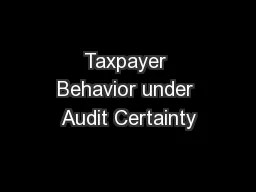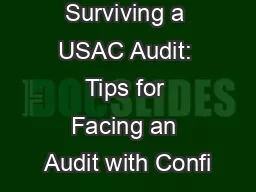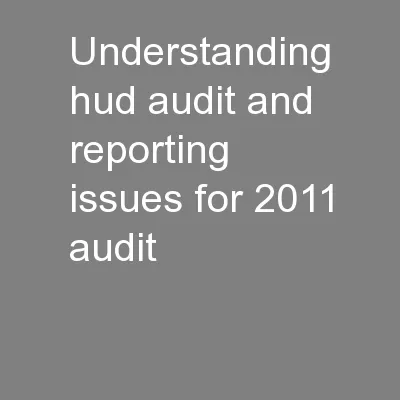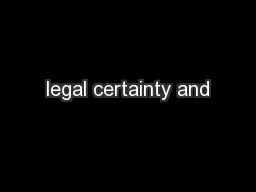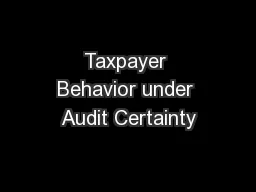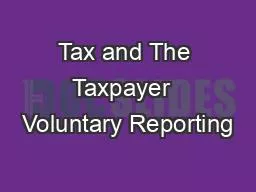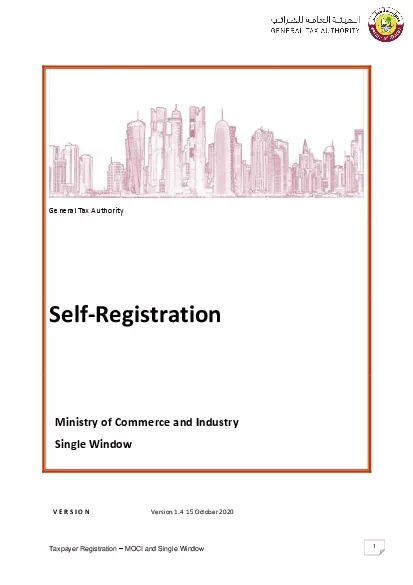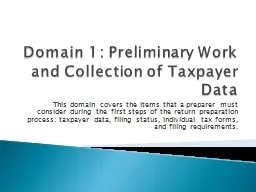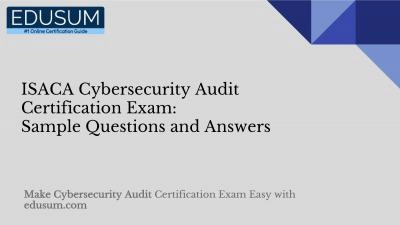PPT-Taxpayer Behavior under Audit Certainty
Author : lois-ondreau | Published Date : 2015-11-05
Ben Ayers Jeri Seidman amp Erin Towery IRS Research Conference June 18 th 2015 Strategic tax compliance model Probability of tax audit changes with taxpayer actions
Presentation Embed Code
Download Presentation
Download Presentation The PPT/PDF document "Taxpayer Behavior under Audit Certainty" is the property of its rightful owner. Permission is granted to download and print the materials on this website for personal, non-commercial use only, and to display it on your personal computer provided you do not modify the materials and that you retain all copyright notices contained in the materials. By downloading content from our website, you accept the terms of this agreement.
Taxpayer Behavior under Audit Certainty: Transcript
Download Rules Of Document
"Taxpayer Behavior under Audit Certainty"The content belongs to its owner. You may download and print it for personal use, without modification, and keep all copyright notices. By downloading, you agree to these terms.
Related Documents

